
From urban journalist to country farmer
Beth Hoffman was a college professor and agriculture journalist for years before she and her husband picked up and moved from San Francisco to his family’s farm in Iowa. In her book Bet the Farm: The Dollars and Sense of Growing Food in America, she recounts the story of transitioning the farm from commodity corn and soybean cropping to grass-finished cattle and produce––and the challenges they faced along the way, from fencing to finances.
Shownotes
3’12 making the transition from urban professor to Iowa farmer
5’17 transitioning from row crops to grass finished cattle and produce
8’54 the cost of organic food is high because the cost of growing that food is higher
12’52 you can’t increase yield forever
15’28 the convoluted food system
16’04 the government’s motivation for supplying cheap food
17’44 subidies work for commodity crops but not for grass-finished beef
21’13 farmers get 8¢ on the dollar for food sold
23’42 who’s making the bulk of money in food: the big food companies, not the farmers
27’33 no silver bullets, but some ideas for a better food system
30’43 Marker 25
31’32 End
31’58 the two myths: “bigger is better” and the “agrarian tale”
34’45 a lot of pressure on farmers: feed the world, solve climate change, steward the land, basically save humanity
36’52 Prairie Fires book that exposes the false narrative of Little House on the Prairie
39’34 the new storylines to replace those myths
42’14 Marker 13
44’02 the practical farmers of Iowa, a farmer-to-farmer group, getting support and sharing information
47’55 even commodity farmers are becoming open to change
49’09 the role of regeneration and its challenges, including labor
51’01 regrowing prairie grasses and native trees on their land
53’34 noting progress over the last five years and hopes for the farm
More Episodes
Episode 179 – Virtual Fencing: New Technology that Benefits Ranching and Land Conservation
Virtual Fencing: New Technology that Benefits Ranching and Land Conservation The Nature Conservancy partners with ranchers on virtual fencing, a new technology that keeps animals in delimited areas through GPS collars — resulting in labor saving, wildlife...
Episode 178 – Regenerating a Desert Wetland Oasis
Regenerating a Desert Wetland Oasis Don Boyd spent a year on the Bosque del Apache National Wildlife Refuge in central New Mexico, photographing, living, and finding a deep connection to land, water, and animals — including the many migrating birds that live part-time...
Episode 177 – The Awe-inspiring Beauty Hidden in our Food
The Awe-inspiring Beauty Hidden in our Food Robert Dash‘s new book, "Food Planet Future: The Art of Turning Food and Climate Perils into Possibilities," features photo collages of foods from all over the planet. Combining images from a scanning electron microscope...



